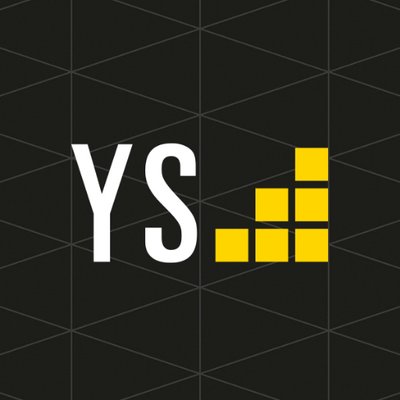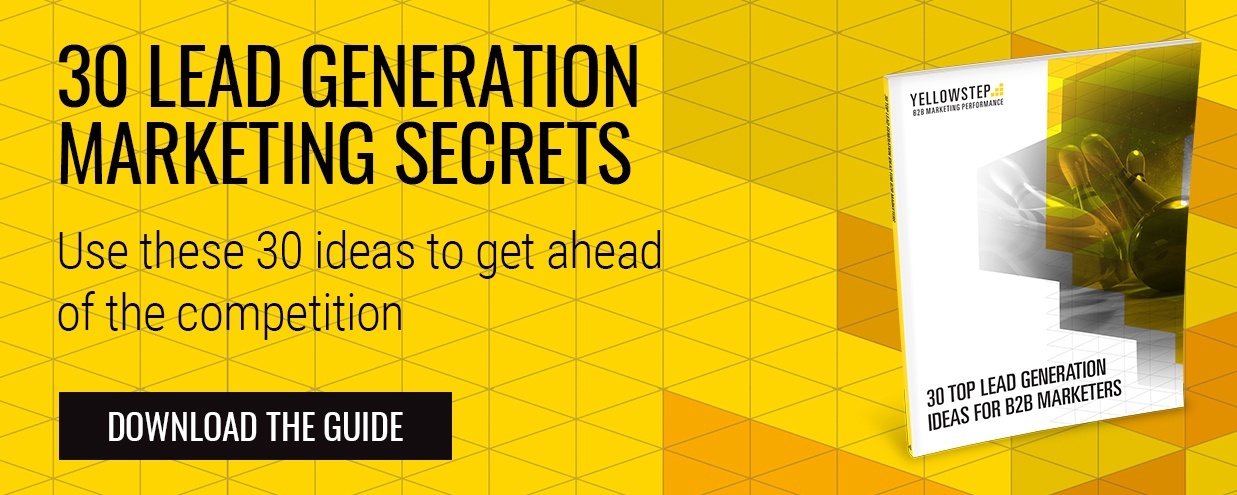Lead generation is something all marketers have to do, but not something that happens easily. There are many tactics and new ideas out there to gain information from your website visitors.
But, did you know that there is a simple way of ensuring that when visitors land on your website, there is a clear path for them to follow to become a lead?
What should your conversion path include?
Let's look at the key aspects of a high performing conversion path in more detail...
Persona-focused premium content
Content is the most valuable asset for a digital marketer. When done right, it can be used to attract, nurture and convert prospects and leads.
But how?
The content you create needs to have a purpose, although it's enjoyable to write blogs about what your team got up to for charity or your new client, when creating content you must always think - 'who will read this? Are they the demographic we are targeting? And how will the content address their pain points?'
So, when creating the piece of content that you'll be placing at the core of your inbound conversion path, you'll need to go back to your buyer persona. This piece of content needs to focus on their daily challenges and goals. It should not only be relevant, but it needs to be attractive enough for a prospect to want to exchange their details for.
Once you have decided on the pain points you'd like to focus on in your piece of premium content, you'll then need to think about where in the buyer journey the content piece sits. Where a prospect is in the buyer journey will determine the types of content you will be featuring in your conversion path.
The Buyer Journey is the research process that your prospects go through before making a purchase/signing up for a service.
The different stages of the journey are:
- Awareness - the prospect has identified a problem but is unaware of the solution
- Consideration - the prospect understands their problems better, but needs more information before choosing a solution
- Decision - The buyer has found a handful of solutions but needs validation before making a decision.
Most visitors to your site are still at the very beginning stages of that journey so there's a high chance that they will not know what you offer, and how you can solve their problem. Your content needs to appeal to visitors in the awareness/consideration stages of the journey.
Ensure your content is educational and relevant and the foundations of your conversion path will be firm.
Creating an attention-grabbing call-to-action
The first step to getting people to embark on the journey down your conversion path is creating a call-to-action that your buyer persona will not be able to resist.
Firstly, just to clear things up, a call-to-action is a button/image that is embedded on your website that advertises your content offer. This call-to-action is linked to the next stage on your path, your landing page and it marks the beginning of your conversion path.
Calls-to-action must clearly display the offer, have a clear action button and also a few words describing the offer. It shouldn't take more than 2 seconds for a user to distinguish what it is that you're offering.
The language on your call-to-action must also align with that used on the landing page and thank you page.
High performing CTAs are action orientated, designed to catch the users eye and encourage clicks.
Conversion optimised landing pages
Once you've developed your targeted content offer, and designed your eye-catching, clickable CTAs, the next step is to create the page that will convince your visitor to make the exchange of details for your content.
Your landing page is a specially optimised page with the sole purpose of converting visitors to leads by offering the opportunity to exchange contact information for something of value to them (your content offer). This exchange happens on a form, which usually varies in length depending on the value of your offer.
It's important to not only consider your buyer persona and the type of language that will work well for pushing a conversion, but also think of the position your persona is in the buyer journey.
To increase the conversion rate of your landing page, you must ensure that you clearly present the benefits of your offer and how it is relevant to solving your persona's pain points.
It's also crucial that you're not asking for too much information from your visitor. There's nothing more off-putting than being faced with a big long form, especially when the content you're being offered doesn't warrant that much information.
Nailing your thank you page
The final step in your conversion path is the thank you page. This page is the final chance in the conversion path for you to give your lead a little bit of a push further down the sales funnel.
Your thank you page is the page that visitors are re-directed to after filling in the form on the landing page. It is also where your lead will either find the instructions for downloading their offer or receive their offer. It is best practice to include another call-to-action (thus starting on a new conversion path) on the thank you page, such as a subscribe to updates or even a get in touch call-to-action depending on where the lead is in the buyer journey.
More tips required?
Download our new lead generation guide and get 30 free ideas to implement right away. The guide will help you optimise your lead generation channels, increase the relevancy of your content offers, implement best-practice conversion tactics, streamline your website user journey and much more.
 By
By 
